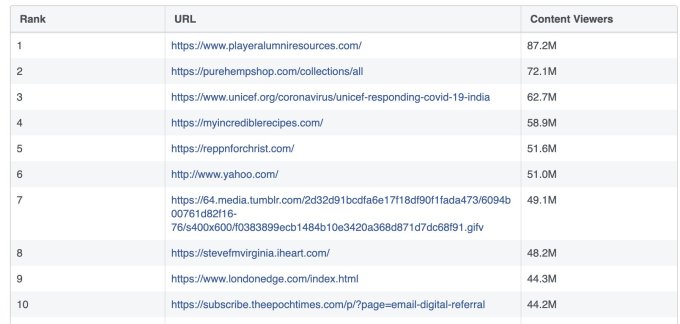News: RepairSmith raises $42M Series B to bring auto repair to customers’ doorsteps
Needing to get your car fixed is like having a toothache: It’s painful, hard to ignore and likely means someone messing around under the hood. RepairSmith, launched in 2019, wants to make that process a little smoother through its mobile auto repair service that sends a mechanic right to the driver’s home. The startup is
Needing to get your car fixed is like having a toothache: It’s painful, hard to ignore and likely means someone messing around under the hood. RepairSmith, launched in 2019, wants to make that process a little smoother through its mobile auto repair service that sends a mechanic right to the driver’s home.
The startup is already in seven states and now, with a new round of $42 million funding, is looking to grow its operations to encompass every major metropolitan area in the U.S. by the end of 2022.
“Fundamentally what we’re doing here is e-commerce plus logistics,” Milne said. “We’re trying to disrupt probably the biggest retail industry that’s untouched by tech.” RepairSmith aims to do so by letting customers book an appointment online and have a mechanic perform an inspection or repair from their driveway, a far cry from the conventional auto repair process.
RepairSmith was incepted at Mercedes-Benz’ incubator program, and the company’s first few funding rounds were furnished solely by the automaker. Now that RepairSmith has a solid footing in multiple metros, with the data to show it’s an attractive business, the company decided to bring in new investors TI Capital, Porsche Ventures and Spring Mountain Capital to the latest Series B, in addition to Mercedes.
“We built this business from the beginning to be multibrand as an industry solution,” RepairSmith CEO Joel Milne told TechCrunch in an interview. “While [Mercedes] seeded it, it was never meant to be a Mercedes solution. That was always the intent.”
Depending on the market, users can have a repair technician at their home in as little as one or two days. Milne said around 90% of appointments can be completed on-site. For those remaining 10% or so, the customer can either drive their car (or if it’s not drivable) have it towed to a network of auto body shops that have partnered with RepairSmith.
In some cases, the customer knows what is wrong with their car in advance, but when they don’t, RepairSmith schedules an inspection visit and generates a quote for the service after.
The company launched focusing on the consumer market, but it’s also expanded to working with fleets, rental car agencies and dealerships. A little over a quarter of the company’s services are now B2B. “They’re both equally big markets and very attractive opportunities for us,” Milne said. “It’s really a function of, we focused on consumer first, but part of this capital raise [is] we’re aggressively growing out our B2B services.”
All RepairSmith technicians are also employees, rather than contractors, a decision that ultimately came down to wanting to attract top talent.
“We didn’t feel that we could be competitive in recruiting the quality of technicians we were looking for, not giving them standard employment terms. All technicians at repair shops are employees today, and that’s the market that we compete in for labor,” Milne said. He added that the company also didn’t want to have to deal with legal issues over what counts as a contractor versus employee.
The startup has big goals — entering all major metro markets by the end of next year, which doesn’t just include hiring more auto technicians but also continuing to improve the company’s software and logistics platform, which it built from the ground up. Milne demurred on whether it might need additional capital to get there. “Ultimately, if the market is good, we’ll be looking for further investment to grow, whether it’s internationally, whether it’s to grow our service offering. But this raise gets us a long way on the way there, depending on how fast we want to go.”







